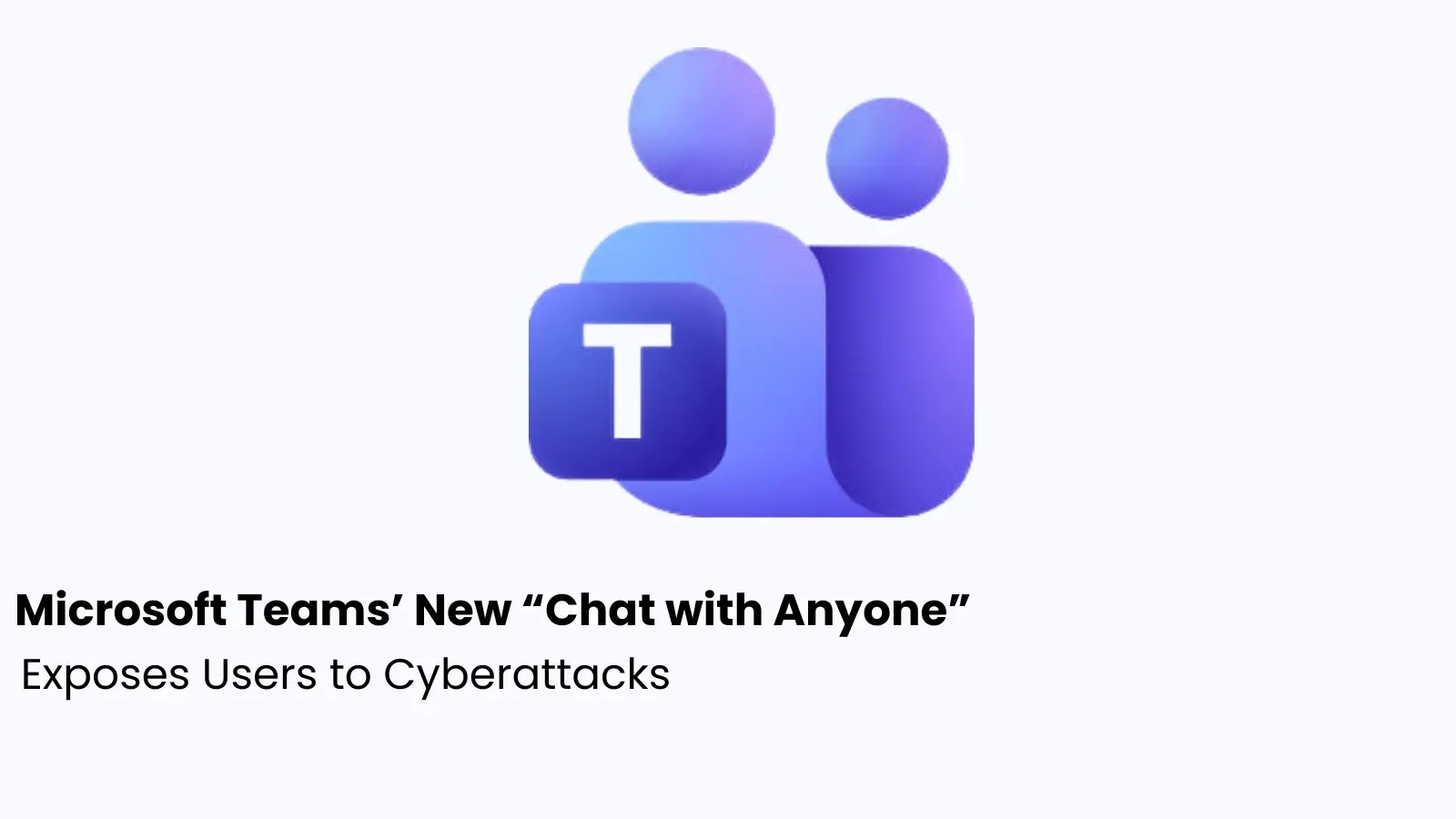Microsoft Teams’ Chat with Anyone Feature: A Double-Edged Sword for Collaboration and Security
Microsoft is set to enhance its Teams platform with a new Chat with Anyone feature, scheduled for targeted release in early November 2025 and global availability by January 2026. This update will enable users to initiate chats using just an email address, even if the recipient isn’t a Teams user. While this advancement aims to streamline communication, it also introduces significant security concerns.
Feature Overview
The Chat with Anyone functionality allows users to send chat invitations to external email addresses. Recipients can join as guests via email, facilitating seamless external communication across various platforms, including Android, desktop, iOS, Linux, and Mac. This feature is designed to support flexible work environments by simplifying interactions with clients, partners, and other external stakeholders.
Security Implications
Despite its convenience, the feature’s broad accessibility raises several security issues:
1. Phishing Vulnerabilities: Allowing chats with external email addresses without prior validation creates an expanded attack surface. Cybercriminals could exploit this by sending spoofed chat invitations that appear legitimate, tricking users into clicking malicious links or divulging sensitive information. For example, an attacker posing as a trusted business partner might send a fake chat request embedded with malware, leading to potential data breaches or system compromises.
2. Malware Distribution: The guest join process could be manipulated to distribute malware directly into organizational chats. Attackers might use this method to deliver ransomware or spyware, bypassing traditional email security filters since the interactions occur within the Teams ecosystem.
3. Data Leakage Risks: With chats governed by Entra B2B Guest policies but still confined within the organization’s boundary, there’s an increased risk of inadvertent data exposure. Employees might unknowingly share proprietary information with impostors, leading to intellectual property theft or compliance violations under regulations such as the General Data Protection Regulation (GDPR).
Real-World Scenarios
In hybrid work environments, the risks are amplified. Consider a sales team engaging with a prospective client via an email invite. If the contact is compromised, attackers could gain a foothold to eavesdrop on conversations or escalate privileges within the organization’s network. Additionally, malware distribution becomes more straightforward, as guests could inadvertently forward infected files, circumventing traditional security measures.
Microsoft’s Response
Microsoft acknowledges that this change affects all users and urges organizations to update documentation and train support teams accordingly. However, since the feature is enabled by default, many firms might overlook it until incidents occur. This situation echoes past oversights, such as the SolarWinds breach, where unpatched features led to widespread compromise.
Mitigation Strategies
Administrators have the option to disable the feature by using PowerShell to set the `UseB2BInvitesToAddExternalUsers` attribute in `TeamsMessagingPolicy` to `false`. This action effectively blocks external email-based chats, restoring tighter controls and limiting invites to verified B2B connections. Experts recommend combining this measure with:
– Multi-Factor Authentication (MFA): Enforcing MFA adds an additional layer of security, making it more challenging for attackers to gain unauthorized access.
– Regular Policy Audits: Conducting periodic reviews of security policies ensures that any vulnerabilities are identified and addressed promptly.
– User Awareness Training: Educating employees about phishing attempts and safe communication practices can significantly reduce the risk of successful attacks.
Balancing Innovation and Security
As Microsoft Teams continues to evolve, balancing innovation with security remains crucial. This rollout underscores the need for proactive defense mechanisms in collaborative tools to prevent convenience from becoming a cybercriminal’s gateway. Organizations must remain vigilant and implement robust security measures to safeguard against potential threats introduced by new features.



